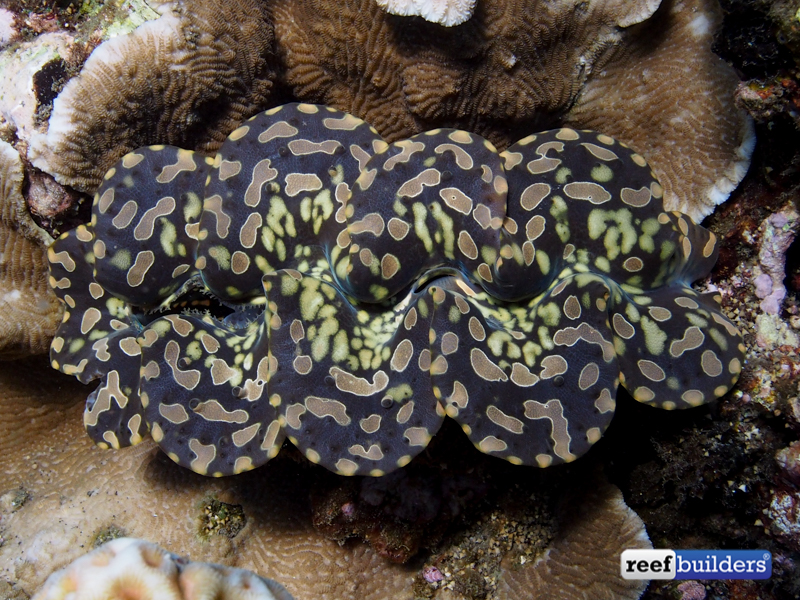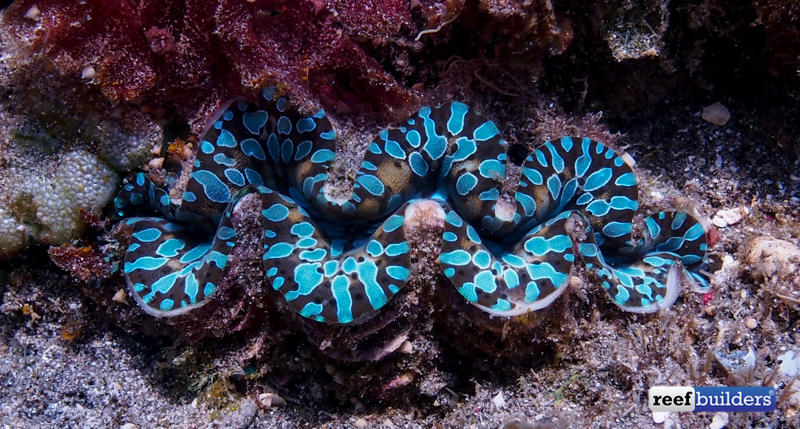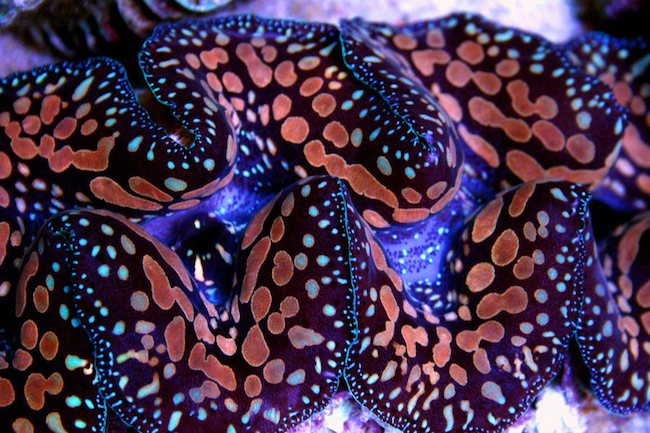Nine years ago when we introduced the hybrid Maxea Clams to the world there was a small uproar about the validity of these clams’ pedigree. Despite having wild and pretty evenly blended shell shape and mantle patterns, many skeptics decried these as a simple marketing gimmick, and that hybrid giant clams were not even possible.

In the ensuing years there have been a number of supposed hybrid clams coming both from commercial aquaculture farms, as well as occasional wild specimens. The clam species that seem to be sharing their genetic material with other species are most frequently T. maxima and T. noae, so it’s no surprise that they are the subjects on recent work involving hybridization in Tridacna clams.

Captive spawning experiments by the Australian Centre for Pacific Islands Research recently succeeded in crossing maxima and noae clams with paternal and maternal parents of each species. This means that male maxima x female noae and female maxima and male noae clams were both successful in producing viable hybrid offspring.
T. maxima and T. noae are two of the closest living species of giant clams with nearly identical shell shapes, being distinguished primarily on the appearance of their mantles. This doesn’t mean we expect to see hybrids of gigas or derasa clams with any other species quite yet, but this is the first such study to conclusively demonstrate that yes, hybrid giant clams are possible in the lab, and they are probably happening on wild reefs as well. [Bioone]



